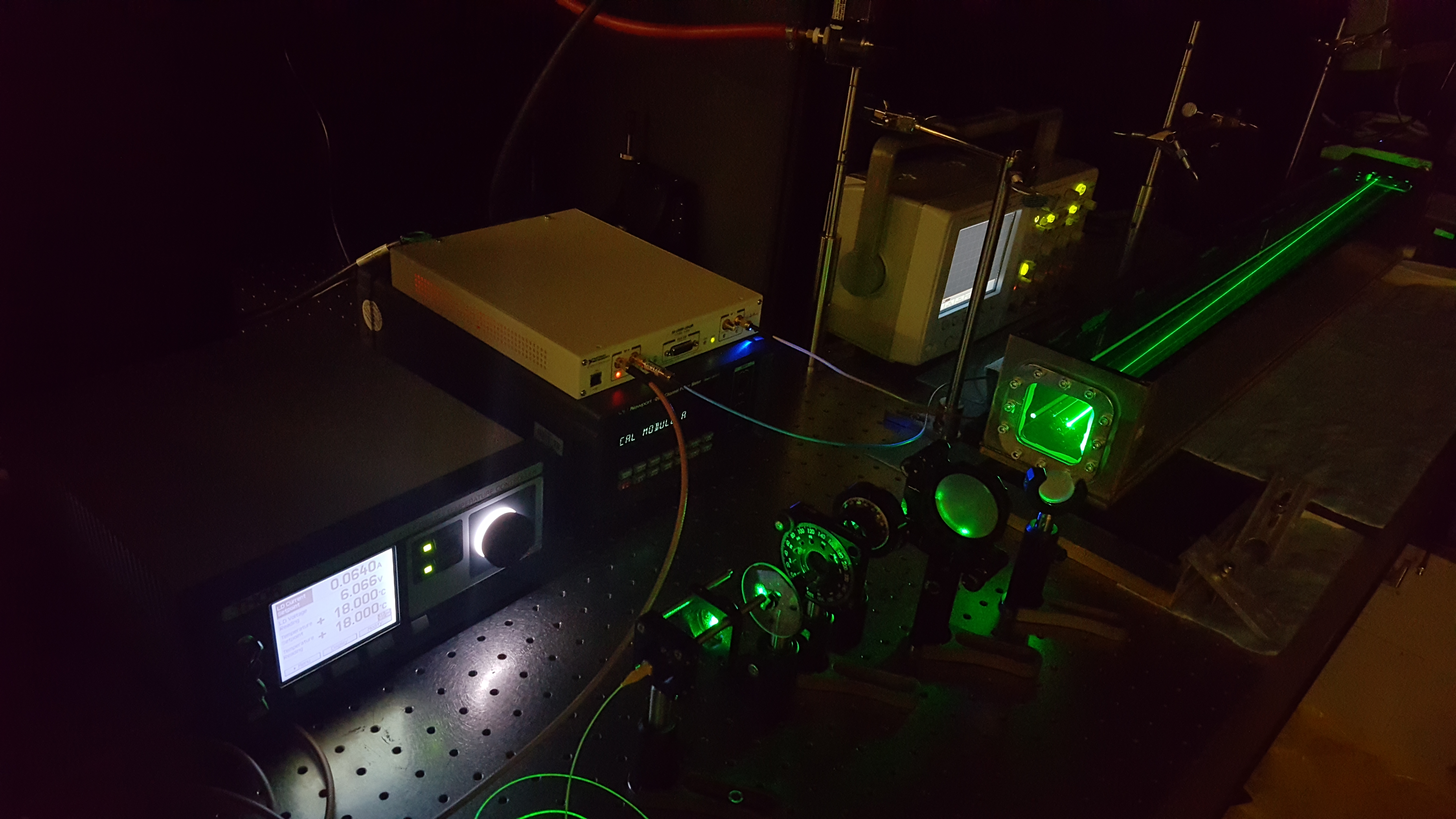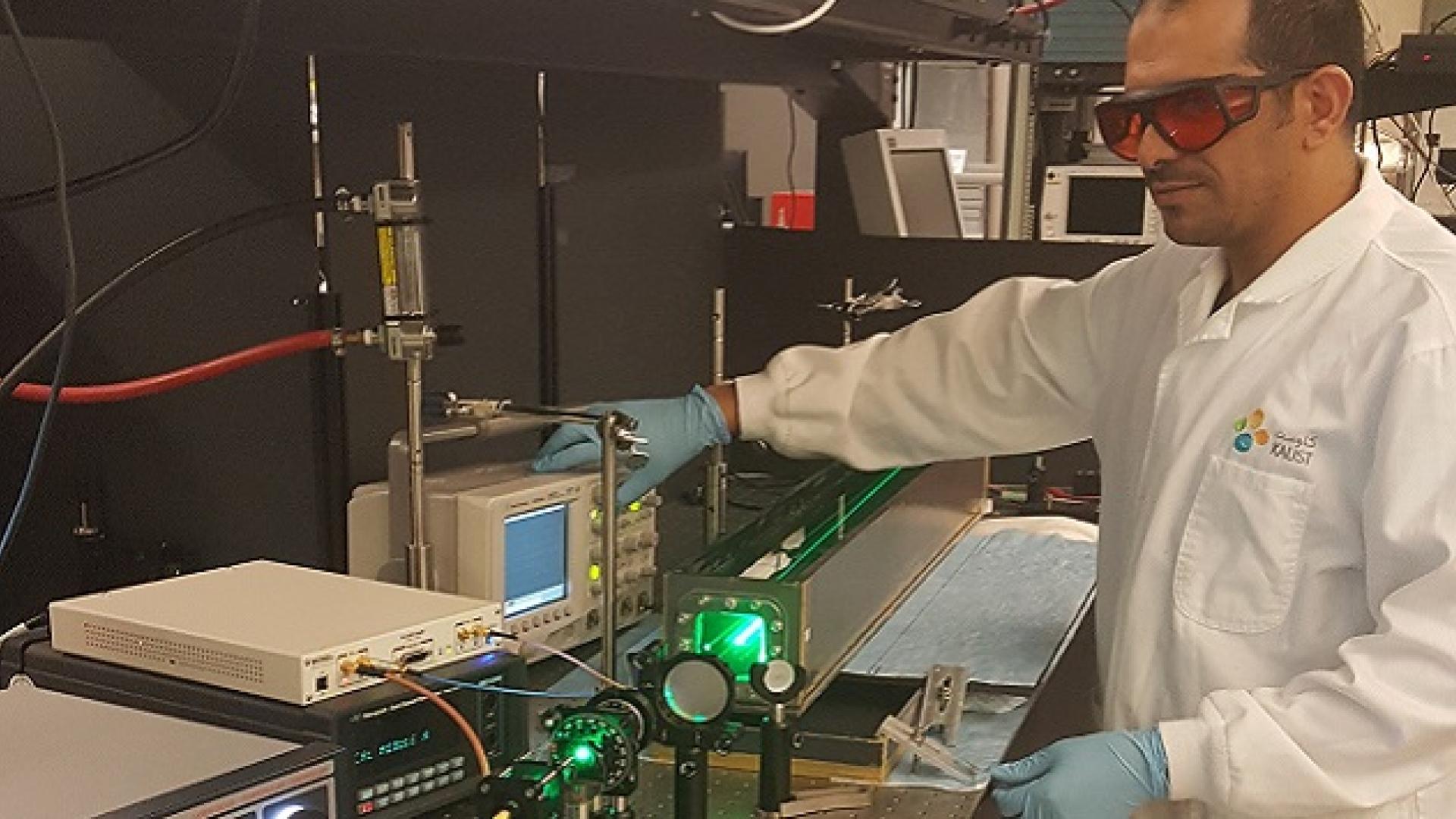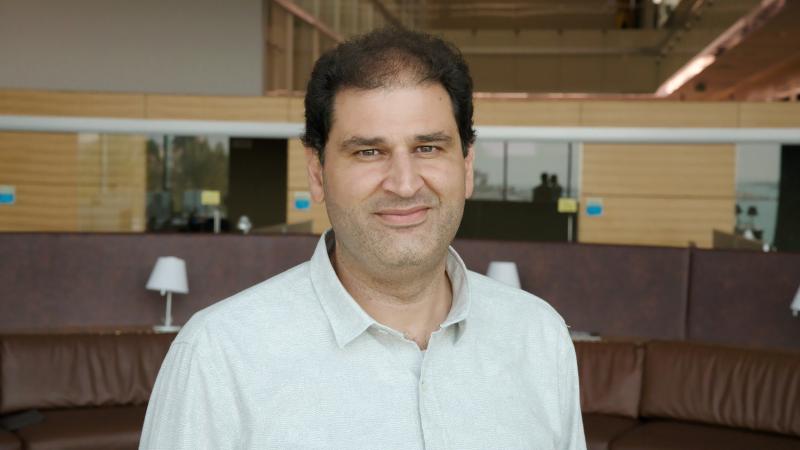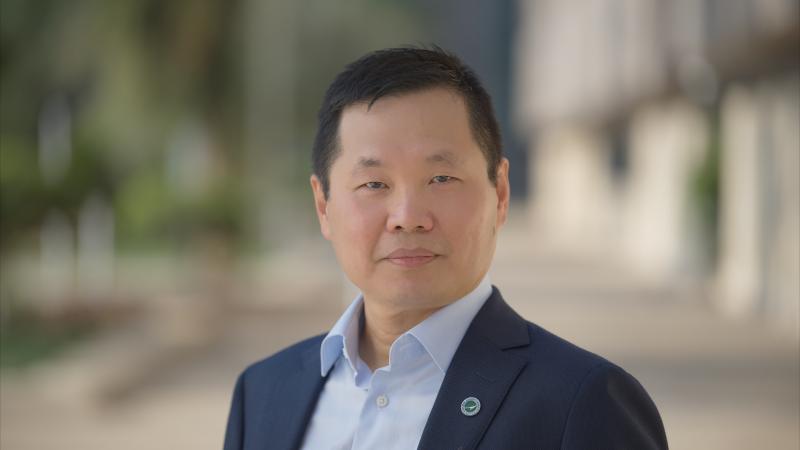Billions of liters of fuel travel every day along an intricate network of pipelines. Reports show that 15 thousand kilometers of infrastructure exist worldwide, with more than a third being underwater. Efficient real-time monitoring is the next frontier to achieve improved industrial productivity and prevent environmental accidents.
A KAUST team, led by Professor Shihada and Professor Ooi designed a reconfigurable, high-quality real-time video streaming over an underwater wireless optical communication (UWOC) link up to 5 m distance that could be the answer to off-shore control systems needs.
"Wirelessly communicating devices with real-time video capabilities have been recognized having a tremendous potential in offshore oil and gas fields. But we noted that very few studies had been reported on underwater video transmission. Current control and safety methods lament enormous costs and dangerous limitations," stressed PhD student Abdullah Al-Halafi, who is working on this research project under the supervision of Professor Basem Shihada, from the Computational Science (CS) Program and Director of the Networking Research Lab, and Professor Boon S. Ooi, Director of the Photonics Laboratory at KAUST. The results of this research were shown in the paper "Real-time video transmission over different underwater wireless optical channels using directly modulated 520 nm laser diode", recently published in the leading-edge Journal of Optical Communications and Networking.
"The novelty of our device lies in the ability to adapt and work efficiently in different water conditions while transmitting high-quality signals," stressed Professor Shihada. Compared to common remotely operated vehicles (ROV) with limited maneuverability in shallow water, UWOC allows tactic and practical operation under almost any condition.
UWOC's optical-communication architecture uses software-defined platforms connected to a commercial TO-9 packaged pigtailed 520 nm directly modulated laser diode (LD) with 1.2 GHz bandwidth as the optical transmitter and an avalanche photodiode (APD) module as the receiver.
Once the software performs all the media processes, from detecting video and activating the camera to video-package resizing, the end-to-end transmitter and receiver USRP operate the video through the underwater LD optics. Finally, the video packets are displayed on the host PC.
Despite still on a Lab- version, the team used an innovative approach to check the system performance and to measure errors that occur during transmission. A series of testbed experiment over 5m distance using different modulated techniques in four different ocean scenario, demonstrated UWOC full efficiency. No matter the water conditions, results show the highest quality video streaming ever achieved in underwater wireless optical communication systems consistently.
"Underwater absorption, scattering, and turbulence are the key factors that significantly affect the performance of UWOC links and image-quality of underwater video and imaging system. We are currently working on analyzing the end-to-end delay component of sending live video traffic over underwater optical channels," the team concluded envisioning further UWOC industrial applications.

Abdullah Al-Halafi received his B.Sc. in Electrical Engineering from King Fahd University of Petroleum and Minerals (KFUPM), Saudi Arabia in (2003) and M.Sc. in Electronics and Electrical Engineering from the University of Glasgow, (Scotland, UK) in (2006). Currently, he is pursuing his Ph.D. at King Abdullah University of Science and Technology (KAUST), Saudi Arabia. Before KAUST, he worked in engineering and management of various large-scale communications and control systems projects at SABIC, ABB and Saudi Aramco, Saudi Arabia. His research interests include underwater wireless optical networks, wireless sensor networks, and queuing systems.
On why he chose the EE Program, Al-Halafi said: "I find the research in Networks and Wireless Communications most interesting, as the researchers get the privilege of investigating and solving real issues with direct effects on our daily lives. The practicality of the suggested solutions to these problems is state-of-the-art systems first built and integrated inside our laboratories. I am an Electrical Engineer by qualifications and training and joining KAUST and CEMSE provides me with an exceptional opportunity to work with pioneering teams that can act on the current issues locally while reaching globally with success and pride."
By Valentina De Vincenti


